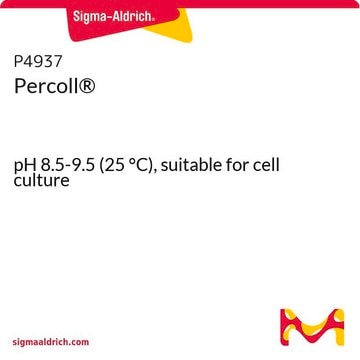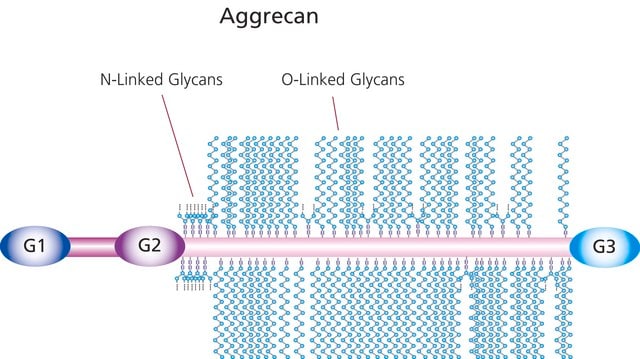W1878
Williams′ Medium E
With sodium bicarbonate, without ʟ-glutamine and phenol red, liquid, sterile-filtered, suitable for cell culture
Synonyme(s) :
Williams’ E medium
About This Item
Produits recommandés
product name
Williams′ Medium E, With sodium bicarbonate, without L-glutamine and phenol red, liquid, sterile-filtered, suitable for cell culture
Stérilité
sterile-filtered
Forme
liquid
Technique(s)
cell culture | mammalian: suitable
Impuretés
endotoxin, tested
Composants
sodium pyruvate: 0.025 g/L
phenol red: no
glucose: 2.0 g/L (Dextro)
NaHCO3: 2.2 g/L
L-glutamine: no
Conditions d'expédition
ambient
Température de stockage
2-8°C
Description générale
Application
Reconstitution
Autres remarques
Produit(s) apparenté(s)
Souvent commandé avec ce produit
Supplément
Code de la classe de stockage
12 - Non Combustible Liquids
Classe de danger pour l'eau (WGK)
WGK 1
Point d'éclair (°F)
Not applicable
Point d'éclair (°C)
Not applicable
Certificats d'analyse (COA)
Recherchez un Certificats d'analyse (COA) en saisissant le numéro de lot du produit. Les numéros de lot figurent sur l'étiquette du produit après les mots "Lot" ou "Batch".
Déjà en possession de ce produit ?
Retrouvez la documentation relative aux produits que vous avez récemment achetés dans la Bibliothèque de documents.
Les clients ont également consulté
Protocoles
Discover our collection of primary human hepatic Kupffer cells and protocol for thawing, plating, and growing Kupffer cells. Find the formulation for Kupffer culture maintenance media.
Discover our primary human hepatocytes and plating and maintenance media formulations. Explore our protocol for plateable primary hepatocyte cell culture.
Discover our protocol for thawing, plating, and forming hepatocyte spheroids from human spheroid-qualified plateable hepatocytes. Find the formulation for hepatocyte spheroid maintenance media.
Contenu apparenté
Explore our protocol for suspension primary hepatocyte cell culture. Discover our primary human hepatocytes and plating and maintenance media formulations.
Notre équipe de scientifiques dispose d'une expérience dans tous les secteurs de la recherche, notamment en sciences de la vie, science des matériaux, synthèse chimique, chromatographie, analyse et dans de nombreux autres domaines..
Contacter notre Service technique







